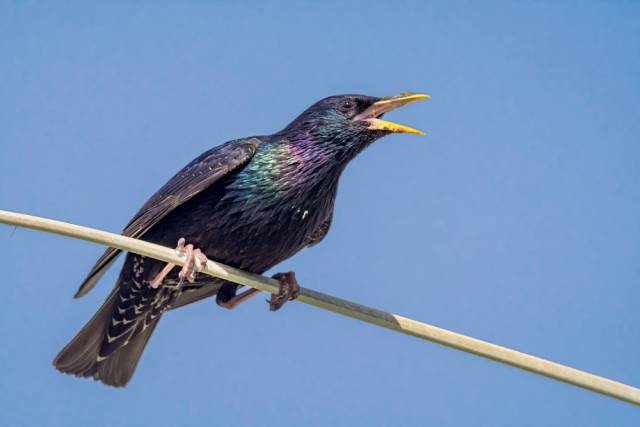About 130 years ago, common starlings first appeared in North America, and during that time, according to the publication of ornithologists from the City University of New York in Scientific Reports, these birds have decreased in size but lengthened their beaks.
Scientists have several explanations for the changes that have occurred with these birds. In particular, after their introduction to the new continent, they encountered higher summer temperatures than those experienced in Eurasia. To combat this, the birds have shrunk and their wings have shortened.
Beak length, in turn, could have changed to allow the birds to cool themselves more efficiently in the heat, but in this case their length would have varied across the Americas, but this is not the case. Scientists believe that the changes that occurred with the beaks are due to a change in diet, because during the cold season, the birds often visit farms where they eat livestock feed, and it is much more convenient to reach it with long beaks.

